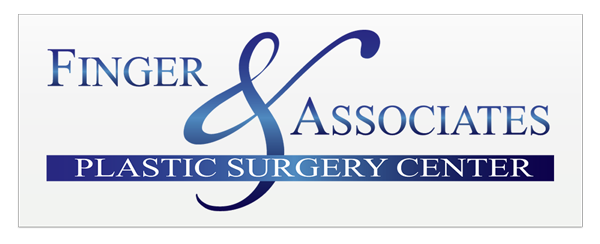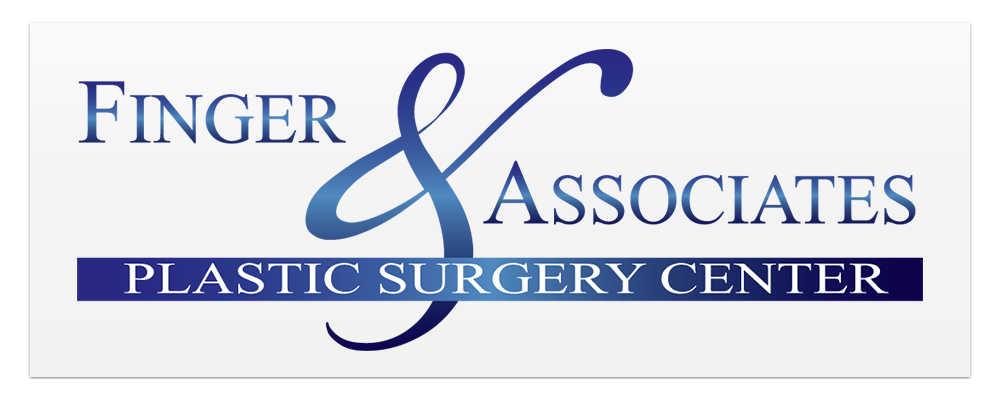Yes. The most common incision is made between the lower part of the breast and the chest wall (inframammary incision). The other two incisions (thus scars) are around the areola and in the axilla, (the transaxillary incision). My preference for years was the transaxillary approach until silicone implants became unavailable and we had to use saline implants. In thin patients with very little breast tissue, saline implants can show some wrinkling and therefore should be placed under the pectoralis muscle in these patients. Placing the implant under the muscle is more difficult through the transaxillary approach although it can be done.
With silicone implants again available I now reserve the transaxillary incision for the patient with about a B cup who wants to be larger but doesn’t want to be too large, like a D cup. The transaxillary incision is still my preferred incision if those conditions are present. There is no breast scar and the transaxillary scar in almost imperceptible.
The third incision is around the areola (the dark skin around the nipple) and this is barely perceptible either, if done properly right at the edge of the areola where it attaches to the normal skin. This is called the periareolar incision. A surgeon must see what he is doing, and visibility into the pocket is a little better with the periareolar incision, but the procedure takes longer to perform because of the tedious closure required to make the incision as inconspicuous as possible.
The most visible scar is from the inframammary incision, and it is the one that is most commonly used because it is the fastest and easiest to perform. All of the incisions can be made fairly imperceptible, but closure of the incision must be done tediously. The incisions and resulting scars are very important to the patients.
Finally, one procedure that leaves no scar is the fat transfer breast augmentation procedure. The fat is liposuctioned from one area, processed, and then injected into the breast in very small amounts throughout the subcutaneous tissue of the breast and the underlying muscle. So, it is injected around the breast, but not into the breast itself. This has shown promise lately. A limitation up to now is that it may increase the breast size only about one cup size at a time. Thus it may take more than one treatment if the goal is a breast several sizes larger. The advantages are that there is no foreign body in the breast or resulting encapsulation. Look for this to become more main stream for breast augmentation.
E. Ronald Finger, MD, FACS


